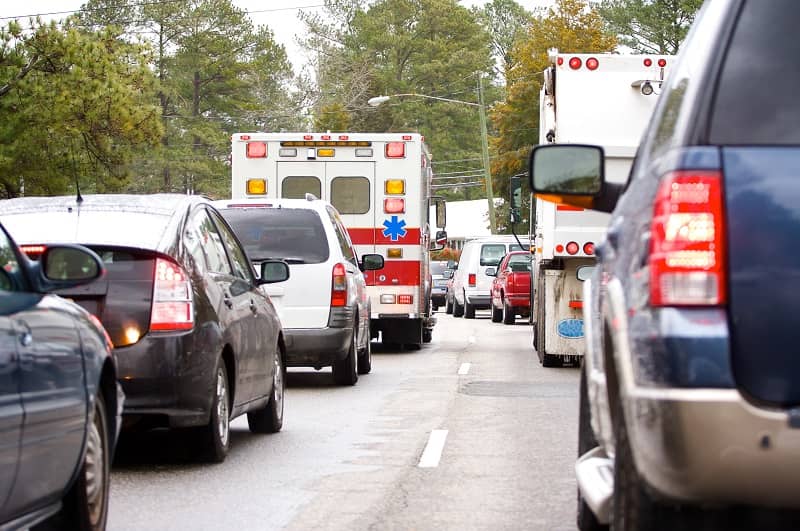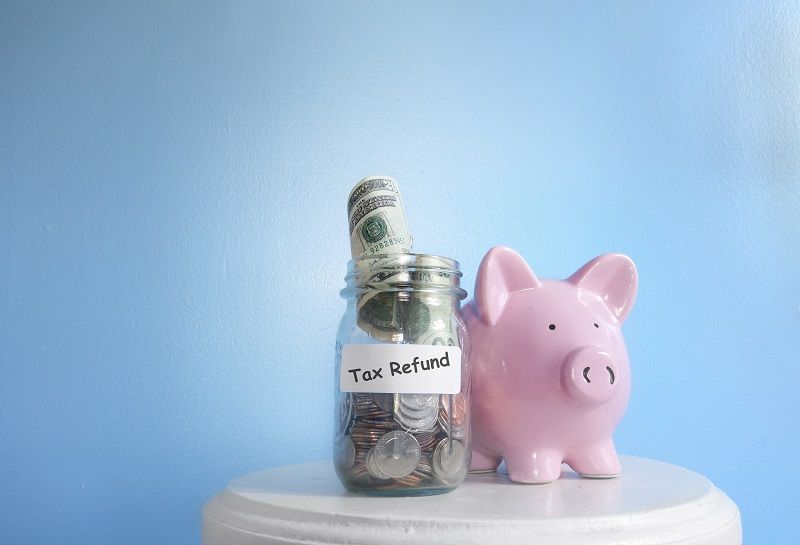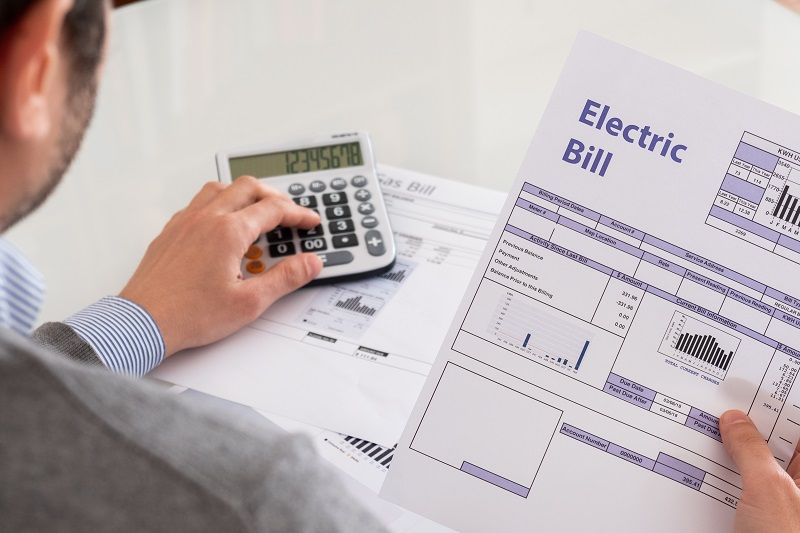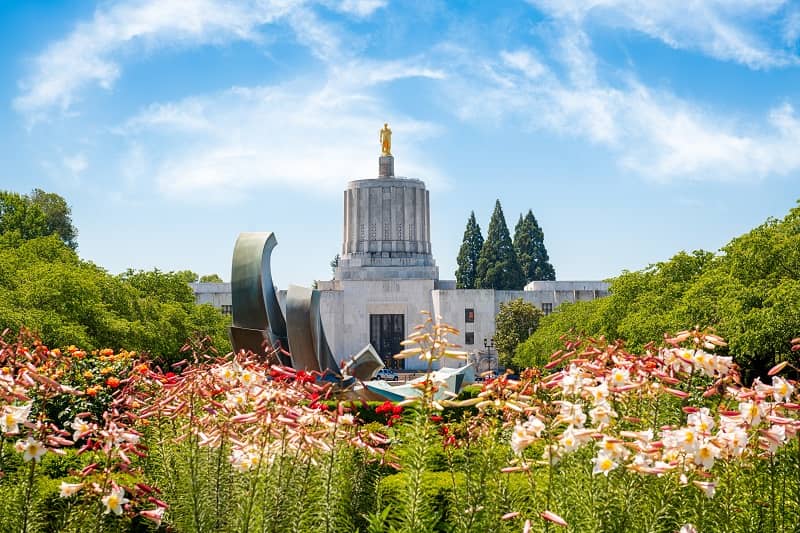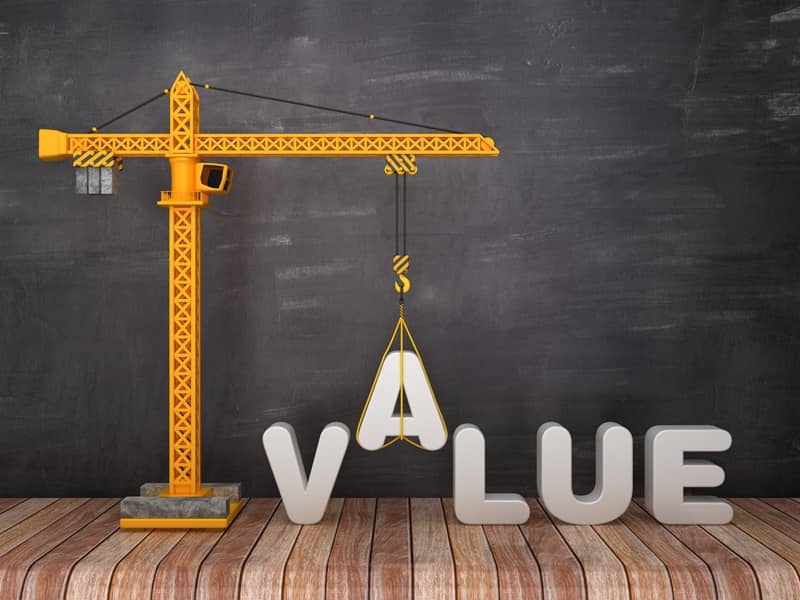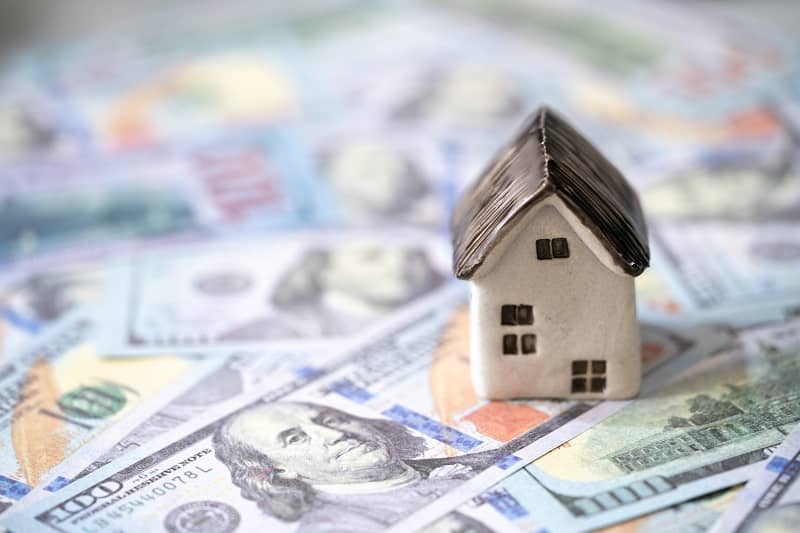Introduction
In a world where taxes are used to finance government, possibilities for revenue include sales taxes, flat taxes and others. But among the many competing options, some are decidedly worse than others. The capital gains tax is one of the worst sources of revenue, since it taxes the very tool used ultimately to create higher wages for workers and increased standards of living.
In order to discuss a capital gains tax, capital must be defined. In addition to financial assets, capital can be an array of investment goods such as a business, farm, stocks or even paintings. When these assets are sold, the difference between the selling price and the purchase price is the capital gain (or loss). While capital gains must be reported and taxed, only some capital losses can be deducted: those from investment property, not personal property. Simply put, the capital gains tax is only determined following the sale of an asset.
Because of this unique form of taxation, capital owners essentially volunteer to pay a tax when they sell their asset. Government policies play an important part in guiding such a voluntary decision, as capital owners can opt either to hold onto their asset or to begin to direct their funds into areas less prone to high taxation. A high capital gains tax rate discourages investors from investing their capital in businesses and entrepreneurial projects that would create greater value. Removing the tax would both encourage and reward the wise investment of capital in projects that would assist the growth of the economy.
Economic growth fosters the increase of wages and living standards, and one of the principal ways to encourage its development is through capital formation. As capital is wisely invested in a business, the business becomes more productive and prosperous. Increased productivity benefits workers through higher wages and increases the value of the business itself. This, in turn, increases capital and allows this beneficial process to continue. The standard of living rises and people are better off.
Alan Greenspan, former chairman of the Federal Reserve, attested to the harmful nature of the capital gains tax, stating:
“[I]ts major impact…is to impede entrepreneurial activity and capital formation….While all taxes impede economic growth to one extent or another, the capital gains tax is at the far end of the scale.”
The federal capital gains rate has been as high as 77% (1918) and as low as 12.5% (1922-1933), with the Tax Increase Prevention and Reconciliation Act of 2005 maintaining the current rate of 15% through 2010. Even as the federal rate has decreased from its 1980s high of 28/33% (realized gains taxed at the same rate as other income), Oregon’s state capital gains tax has remained steadfastly at 9% since increasing from 4% in 1986. The federal government has realized that high capital gains rates are not good for businesses or workers. Oregon needs to acknowledge this as well.
About Cascade Policy Institute: Founded in 1991, Cascade Policy Institute is Oregon’s premier policy research center. Cascade’s mission is to explore and promote public policy alternatives that foster individual liberty, personal responsibility and economic opportunity. To that end, the Institute publishes policy studies, provides public speakers, organizes community forums and sponsors educational programs.
Cascade Policy Institute is a tax-exempt educational organization as defined under IRS code 501(c)(3). Cascade neither solicits nor accepts government funding and is supported by individual, foundation and business contributions. Nothing appearing in this document is to be construed as necessarily representing the views of Cascade or its donors. The views expressed herein are the author’s own. Copyright 2007 by Cascade Policy Institute. All rights reserved.

